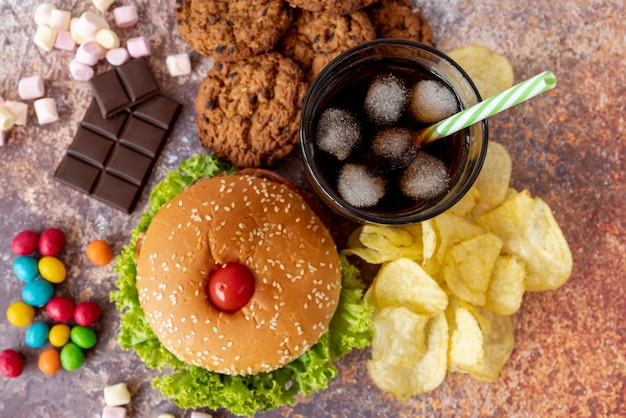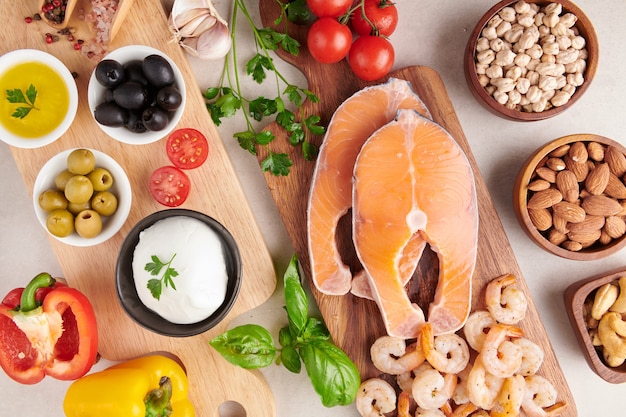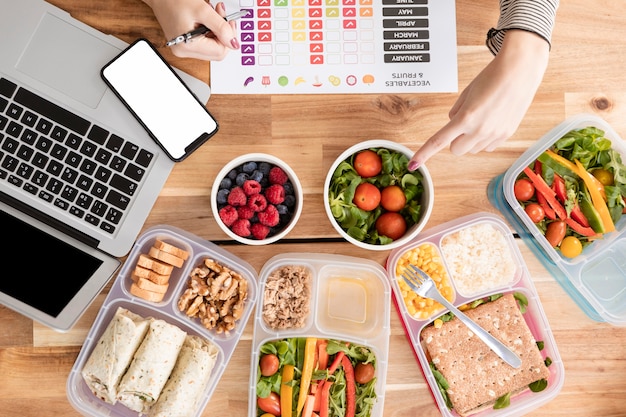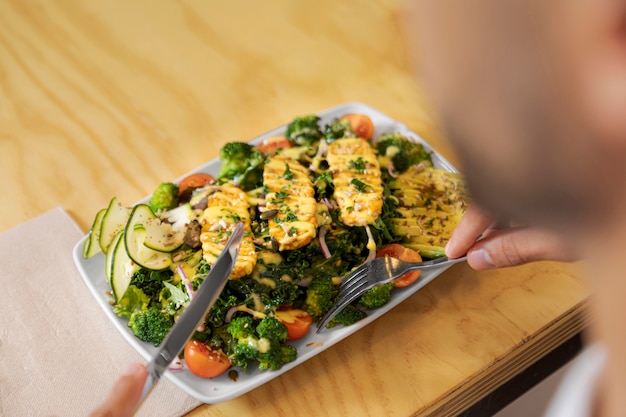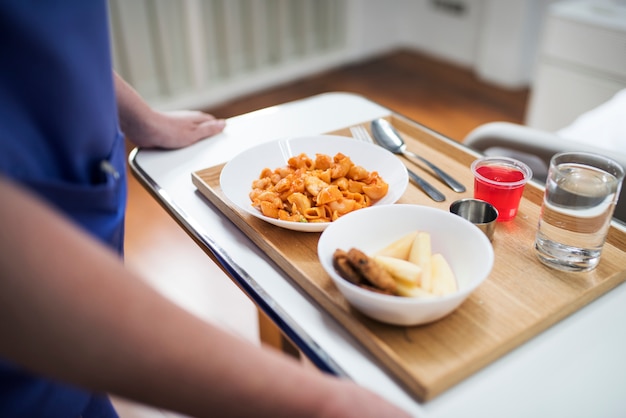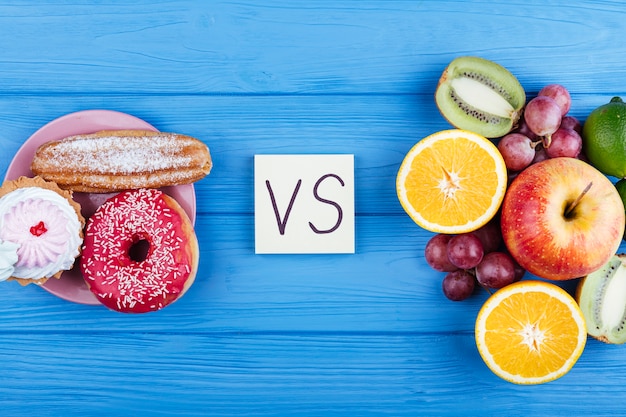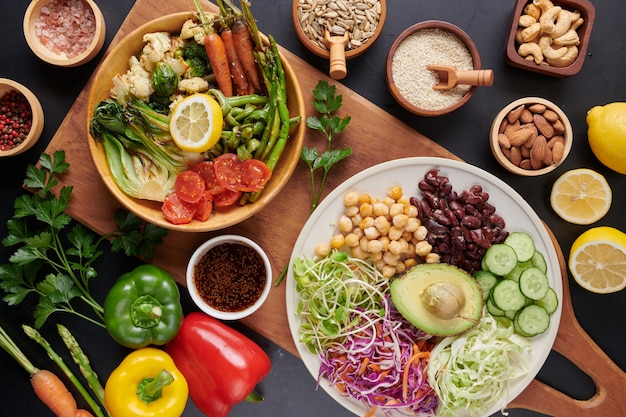18 Easy Meal Prep Tips for Beginners: Jumpstart Your Healthy Eating Journey
Starting a healthy eating routine can feel overwhelming, especially when time is tight. That’s where meal prepping comes in. Whether you're trying to eat better, save time during the week, or reduce food waste, meal prepping is a game-changer. This beginner-friendly guide offers 18 practical tips, weekly prep targets, and essential safety reminders to help you get started with confidence.
Why Meal Prep?
Meal prepping isn’t just a trend—it’s a sustainable habit that supports healthier choices. By planning and preparing meals in advance, you reduce decision fatigue, control portion sizes, and avoid last-minute takeout. For beginners, the key is to start small and build consistency.
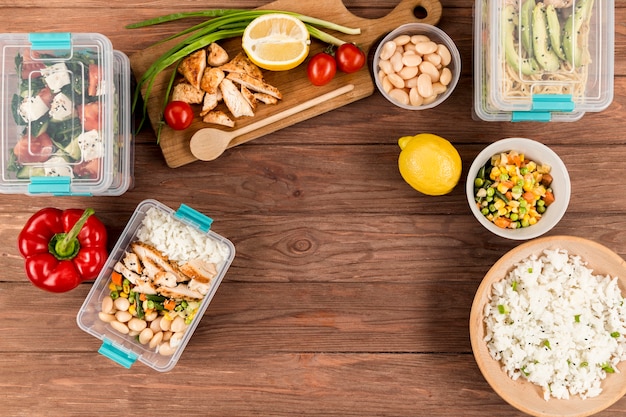
18 Beginner-Friendly Meal Prep Tips
- Start with a Plan: Choose 2–3 meals to prep weekly. Focus on lunches or dinners to keep it manageable.
- Create a Weekly Menu: Decide what you’ll eat each day. Use themes like Meatless Monday or Taco Tuesday to simplify choices.
- Check Your Pantry First: Take inventory to avoid buying duplicates and reduce waste.
- Make a Smart Grocery List: Organize your list by store sections (produce, dairy, etc.) to save time shopping.
- Shop Once a Week: Stick to one major shopping trip to stay on budget and reduce impulse buys.
- Choose Simple Recipes: Pick meals with 5–7 ingredients and minimal steps. Sheet pan dinners and one-pot meals are great starters.
- Cook in Batches: Double recipes and freeze half for later. Soups, stews, and casseroles freeze well.
- Use the Cook-Once, Eat-Twice Rule: Roast extra chicken or cook extra rice to use in different meals (e.g., stir-fry, salad, burrito bowl).
- Prep Components, Not Just Full Meals: Chop veggies, cook grains, and grill proteins separately. Mix and match during the week.
- Invest in Quality Containers: Use leak-proof, BPA-free containers in various sizes. Glass is durable and microwave-safe.
- Label Everything: Use masking tape and a marker to note contents and dates. This helps with tracking freshness.
- Keep It Balanced: Aim for each meal to include protein, fiber-rich carbs, and healthy fats.
- Don’t Forget Snacks: Pre-portion nuts, cut fruit, or make energy balls to avoid unhealthy snacking.
- Use Your Freezer Wisely: Freeze individual portions of meals for weeks 2–3. Thaw overnight in the fridge.
- Set a Prep Schedule: Dedicate 2–3 hours on Sunday or Wednesday to prep. Treat it like an appointment.
- Clean as You Go: Wash utensils and wipe counters while cooking to minimize post-prep cleanup.
- Stay Flexible: Life happens. If plans change, swap meals or freeze extras for next week.
- Track What Works: Keep a simple log of which meals you enjoyed and which didn’t. Refine your plan each week.
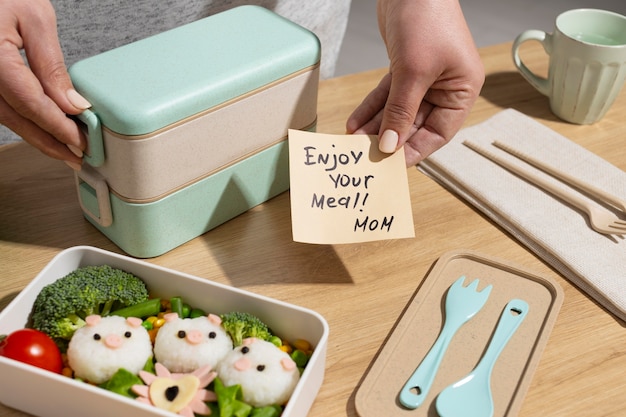
Weekly Meal Prep Targets for Beginners
- Prep 3–4 lunches or dinners
- Chop 2–3 types of vegetables
- Cook one batch of grains (rice, quinoa, pasta)
- Prepare one protein source (chicken, tofu, beans)
- Portion 3–5 snacks
- Spend no more than 3 hours total prep time
Food Safety Reminders
Safety is crucial when storing and reheating meals. Follow these guidelines to avoid foodborne illness:
- Cool Quickly: Don’t leave cooked food at room temperature for more than 2 hours. Divide large portions to cool faster.
- Refrigerate Promptly: Store meals in the fridge within 2 hours of cooking. Keep fridge temp at or below 40°F (4°C).
- Use Within 4 Days: Most prepped meals last 3–4 days. Freeze extras if you won’t eat them in time.
- Reheat Thoroughly: Heat meals to at least 165°F (74°C) to kill bacteria. Stir halfway for even heating.
- Avoid Cross-Contamination: Use separate cutting boards for raw meat and produce. Wash hands and surfaces frequently.
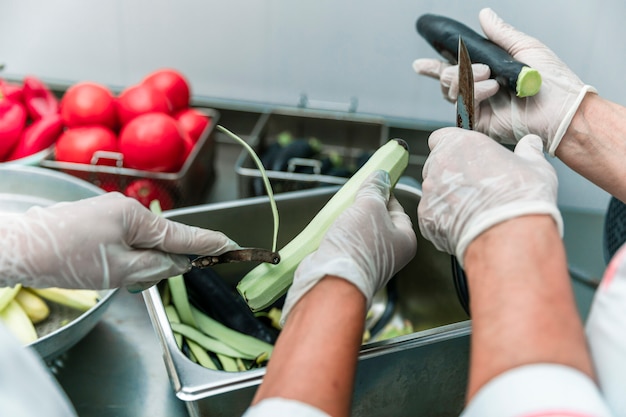
Final Thoughts
Meal prepping doesn’t have to be complicated. With these 18 tips, you can build a routine that fits your lifestyle, saves time, and supports your health goals. Start small, stay consistent, and celebrate progress—not perfection. Over time, you’ll find what works best for you and enjoy the benefits of stress-free, nutritious eating all week long.







